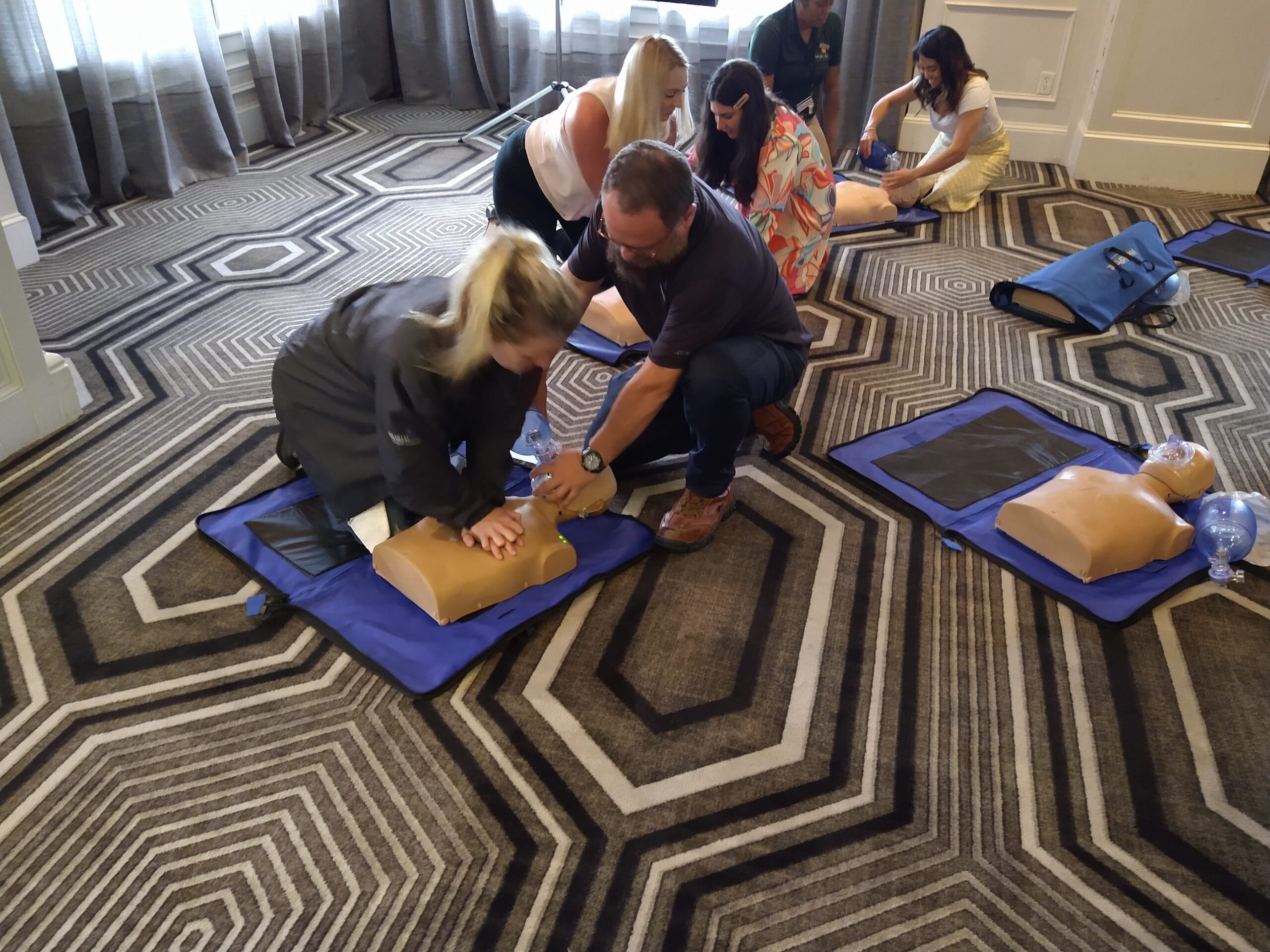What you need to know about CPR. CPR – or Cardiopulmonary Resuscitation – is an emergency lifesaving procedure performed when the heart stops beating. Immediate CPR can double or triple chances of survival after cardiac arrest. The American Heart Association invites you to share our vision: a world where no one dies from cardiac arrest.
Why do we do CPR training?
Without someone with proper knowledge in giving immediate medical attention or CPR, lives could be lost. CPR helps keep oxygenated blood flowing to the brain and other crucial organs until normal heart rhythm is restored. This is the core reason why investing your time in CPR training is extremely beneficial.
What are the 7 steps of CPR?
What Are the Seven Steps of CPR? The seven steps of CPR (cardiopulmonary resuscitation) involve checking the scene and the person, calling 911 for assistance, opening the airway, checking for breathing, chest compressions, delivering rescue breaths, and repeating CPR steps.
What are the 3 types of CPR?
The three basic parts of CPR are easily remembered as “CAB”: C for compressions, A for airway, and B for breathing.
- C is for compressions. Chest compressions can help the flow of blood to the heart, brain, and other organs. …
- A is for airway. …
- B is for breathing.
When should you not do CPR?
4 Criteria for When to Stop CPR
- Obvious Death. When you witness cardiac arrest, starting CPR immediately gives the victim the highest chance of survival. …
- Physical Fatigue. Unlike in the movies, CPR usually doesn’t bring someone back to life after just a few pumps on the chest. …
- Signs of Life. …
- Advanced Help Arrives.

